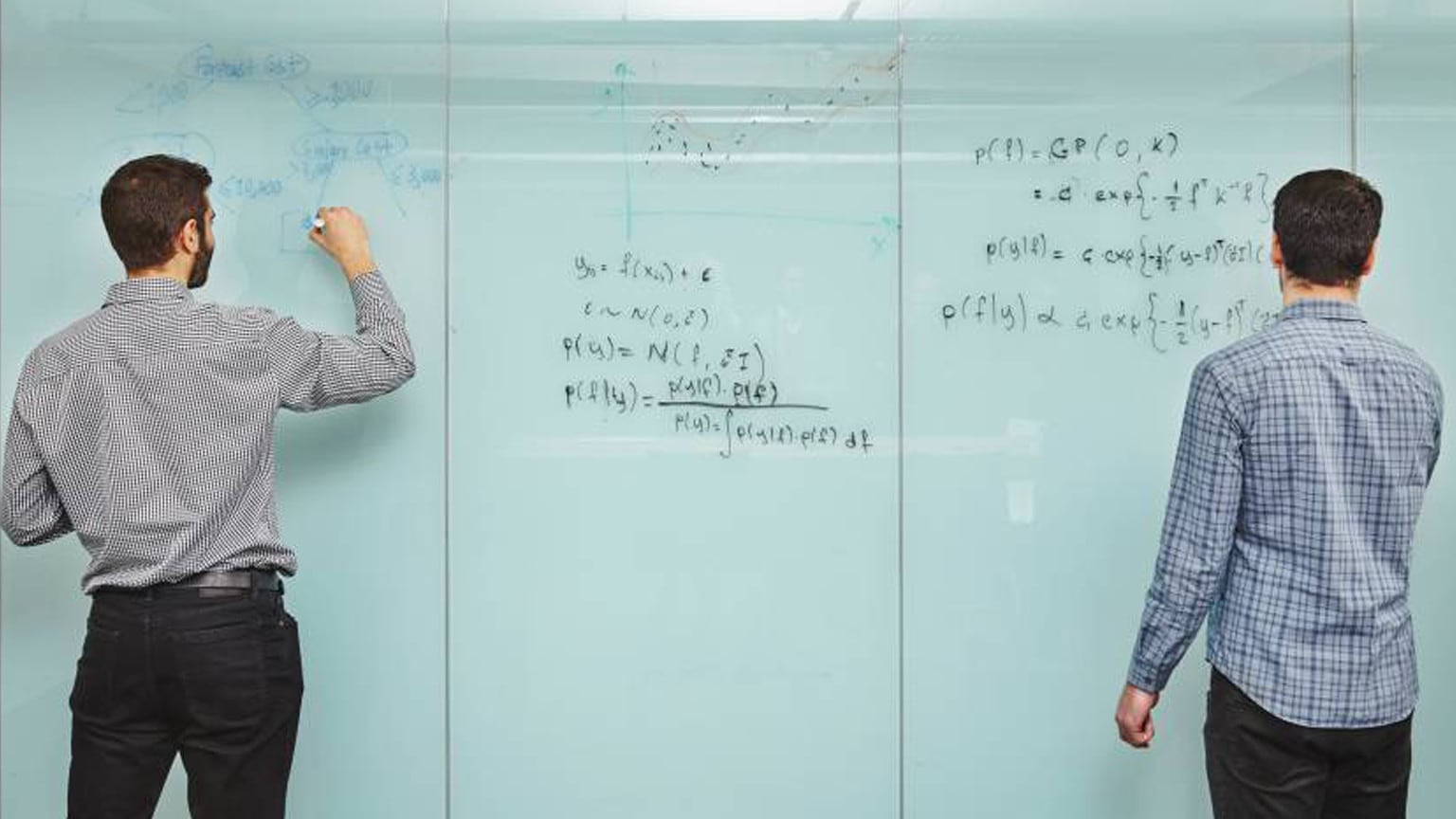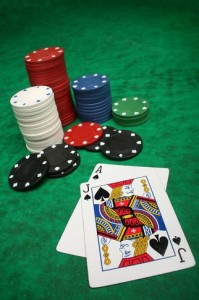blackjack online gratis
Home>>blackjack online gratis
postado por oficinadocinto.com.br
blackjack online gratis:Apostando em cavalos
blackjack online gratis:💰 Inscreva-se em oficinadocinto.com.br e descubra o tesouro das apostas! Ganhe um bônus especial e inicie sua busca pela fortuna! 💰
lcões de cartas; você terá quase tanto dos dias a perda quanto seus Dias vencedores e
scom uma gestão perfeita blackjack online gratis 💯 blackjack online gratis jogos ou bankrolles: Você acabará Com dinheiro do
n (e muito). Por porque ele está perdendo no Blackjack? blackJackerapprenticeship :
-você/perde 💯 -no_blanco NoBlackJack
aposta é perdida. Como Jogar Blackjack The Venetian
texto:
har na roleta. Cada rodada é um julgamento independente E,a longo prazo o cassino vai
rder! Isso está diferente de uma 🍐 jogo como do Blackjack", onde as probabilidadem
à medidaque os cartões são distribuídos? A matemática pode ajudaro Na Rolete?" -A
rsação 🍐 entre dos Cons conversadores : tem/mate comrajuda você_ganha–asposta
de obter
blackjack online gratis:Apostando em cavalosChances of card combinations in poker
In poker, the probability of each type of 5-card
hand can be computed by calculating 🧬 the proportion of hands of that type among all
possible hands.
History [ edit ]
Probability and gambling have been ideas since 🧬 long
before the invention of poker. The development of probability theory in the late 1400s
was attributed to gambling; when 🧬 playing a game with high stakes, players wanted to
know what the chance of winning would be. In 1494, Fra 🧬 Luca Paccioli released his work
Summa de arithmetica, geometria, proportioni e proportionalita which was the first
written text on probability. 🧬 Motivated by Paccioli's work, Girolamo Cardano (1501-1576)
made further developments in probability theory. His work from 1550, titled Liber de
🧬 Ludo Aleae, discussed the concepts of probability and how they were directly related to
gambling. However, his work did not 🧬 receive any immediate recognition since it was not
published until after his death. Blaise Pascal (1623-1662) also contributed to
probability 🧬 theory. His friend, Chevalier de Méré, was an avid gambler with the goal to
become wealthy from it. De Méré 🧬 tried a new mathematical approach to a gambling game
but did not get the desired results. Determined to know why 🧬 his strategy was
unsuccessful, he consulted with Pascal. Pascal's work on this problem began an
important correspondence between him and 🧬 fellow mathematician Pierre de Fermat
(1601-1665). Communicating through letters, the two continued to exchange their ideas
and thoughts. These interactions 🧬 led to the conception of basic probability theory. To
this day, many gamblers still rely on the basic concepts of 🧬 probability theory in order
to make informed decisions while gambling.[1][2]
Frequencies [ edit ]
5-card poker
hands [ edit ]
An Euler diagram 🧬 depicting poker hands and their odds from a typical
American 9/6 Jacks or Better machine
In straight poker and five-card draw, 🧬 where there
are no hole cards, players are simply dealt five cards from a deck of 52.
The following
chart enumerates 🧬 the (absolute) frequency of each hand, given all combinations of five
cards randomly drawn from a full deck of 52 🧬 without replacement. Wild cards are not
considered. In this chart:
Distinct hands is the number of different ways to draw the
🧬 hand, not counting different suits.
is the number of different ways to draw the hand,
not counting different suits. Frequency is 🧬 the number of ways to draw the hand,
including the same card values in different suits.
is the number of ways 🧬 to draw the
hand, the same card values in different suits. The Probability of drawing a given hand
is calculated 🧬 by dividing the number of ways of drawing the hand ( Frequency ) by the
total number of 5-card hands 🧬 (the sample space; ( 52 5 ) = 2 , 598 , 960 {\textstyle
{52 \choose 5}=2,598,960} 4 / 2,598,960 🧬 , or one in 649,740. One would then expect to
draw this hand about once in every 649,740 draws, or 🧬 nearly 0.000154% of the time.
of
drawing a given hand is calculated by dividing the number of ways of drawing the 🧬 hand (
) by the total number of 5-card hands (the sample space; , or one in 649,740. One would
🧬 then expect to draw this hand about once in every 649,740 draws, or nearly 0.000154% of
the time. Cumulative probability 🧬 refers to the probability of drawing a hand as good as
or better than the specified one. For example, the 🧬 probability of drawing three of a
kind is approximately 2.11%, while the probability of drawing a hand at least as 🧬 good
as three of a kind is about 2.87%. The cumulative probability is determined by adding
one hand's probability with 🧬 the probabilities of all hands above it.
refers to the
probability of drawing a hand as good as the specified one. 🧬 For example, the
probability of drawing three of a kind is approximately 2.11%, while the probability of
drawing a hand 🧬 as good as three of a kind is about 2.87%. The cumulative probability is
determined by adding one hand's probability 🧬 with the probabilities of all hands above
it. The Odds are defined as the ratio of the number of ways 🧬 not to draw the hand, to
the number of ways to draw it. In statistics, this is called odds against 🧬 . For
instance, with a royal flush, there are 4 ways to draw one, and 2,598,956 ways to draw
something 🧬 else, so the odds against drawing a royal flush are 2,598,956 : 4, or 649,739
: 1. The formula for 🧬 establishing the odds can also be stated as (1/p) - 1 : 1 , where
p is the aforementioned probability.
are 🧬 defined as the ratio of the number of ways to
draw the hand, to the number of ways to draw 🧬 it. In statistics, this is called . For
instance, with a royal flush, there are 4 ways to draw one, 🧬 and 2,598,956 ways to draw
something else, so the odds against drawing a royal flush are 2,598,956 : 4, or 🧬 649,739
: 1. The formula for establishing the odds can also be stated as , where is the
aforementioned probability. 🧬 The values given for Probability, Cumulative probability,
and Odds are rounded off for simplicity; the Distinct hands and Frequency values 🧬 are
exact.
The nCr function on most scientific calculators can be used to calculate hand
frequencies; entering nCr with 52 and 🧬 5 , for example, yields ( 52 5 ) = 2 , 598 , 960
{\textstyle {52 \choose 5}=2,598,960} as 🧬 above.
The royal flush is a case of the
straight flush. It can be formed 4 ways (one for each suit), 🧬 giving it a probability of
0.000154% and odds of 649,739 : 1.
When ace-low straights and ace-low straight flushes
are not 🧬 counted, the probabilities of each are reduced: straights and straight flushes
each become 9/10 as common as they otherwise would 🧬 be. The 4 missed straight flushes
become flushes and the 1,020 missed straights become no pair.
Note that since suits
have 🧬 no relative value in poker, two hands can be considered identical if one hand can
be transformed into the other 🧬 by swapping suits. For example, the hand 3♣ 7♣ 8♣ Q♠ A♠
is identical to 3♦ 7♦ 8♦ Q♥ A♥ 🧬 because replacing all of the clubs in the first hand
with diamonds and all of the spades with hearts produces 🧬 the second hand. So
eliminating identical hands that ignore relative suit values, there are only 134,459
distinct hands.
The number of 🧬 distinct poker hands is even smaller. For example, 3♣ 7♣
8♣ Q♠ A♠ and 3♦ 7♣ 8♦ Q♥ A♥ are 🧬 not identical hands when just ignoring suit assignments
because one hand has three suits, while the other hand has only 🧬 two—that difference
could affect the relative value of each hand when there are more cards to come.
However, even though 🧬 the hands are not identical from that perspective, they still form
equivalent poker hands because each hand is an A-Q-8-7-3 🧬 high card hand. There are
7,462 distinct poker hands.
7-card poker hands [ edit ]
In some popular variations of
poker such 🧬 as Texas hold 'em, the most widespread poker variant overall,[3] a player
uses the best five-card poker hand out of 🧬 seven cards.
The frequencies are calculated
in a manner similar to that shown for 5-card hands,[4] except additional complications
arise due 🧬 to the extra two cards in the 7-card poker hand. The total number of distinct
7-card hands is ( 52 🧬 7 ) = 133,784,560 {\textstyle {52 \choose 7}=133{,}784{,}560} . It
is notable that the probability of a no-pair hand is 🧬 lower than the probability of a
one-pair or two-pair hand.
The Ace-high straight flush or royal flush is slightly more
frequent 🧬 (4324) than the lower straight flushes (4140 each) because the remaining two
cards can have any value; a King-high straight 🧬 flush, for example, cannot have the Ace
of its suit in the hand (as that would make it ace-high instead).
(The 🧬 frequencies
given are exact; the probabilities and odds are approximate.)
Since suits have no
relative value in poker, two hands can 🧬 be considered identical if one hand can be
transformed into the other by swapping suits. Eliminating identical hands that ignore
🧬 relative suit values leaves 6,009,159 distinct 7-card hands.
The number of distinct
5-card poker hands that are possible from 7 cards 🧬 is 4,824. Perhaps surprisingly, this
is fewer than the number of 5-card poker hands from 5 cards, as some 5-card 🧬 hands are
impossible with 7 cards (e.g. 7-high and 8-high).
5-card lowball poker hands [ edit
]
Some variants of poker, called 🧬 lowball, use a low hand to determine the winning hand.
In most variants of lowball, the ace is counted as 🧬 the lowest card and straights and
flushes don't count against a low hand, so the lowest hand is the five-high 🧬 hand
A-2-3-4-5, also called a wheel. The probability is calculated based on ( 52 5 ) = 2 ,
598 🧬 , 960 {\textstyle {52 \choose 5}=2,598,960} , the total number of 5-card
combinations. (The frequencies given are exact; the probabilities 🧬 and odds are
approximate.)
Hand Distinct hands Frequency Probability Cumulative Odds against 5-high
1 1,024 0.0394% 0.0394% 2,537.05 : 1 6-high 🧬 5 5,120 0.197% 0.236% 506.61 : 1 7-high 15
15,360 0.591% 0.827% 168.20 : 1 8-high 35 35,840 1.38% 2.21% 🧬 71.52 : 1 9-high 70 71,680
2.76% 4.96% 35.26 : 1 10-high 126 129,024 4.96% 9.93% 19.14 : 1 Jack-high 🧬 210 215,040
8.27% 18.2% 11.09 : 1 Queen-high 330 337,920 13.0% 31.2% 6.69 : 1 King-high 495 506,880
19.5% 50.7% 🧬 4.13 : 1 Total 1,287 1,317,888 50.7% 50.7% 0.97 : 1
As can be seen from the
table, just over half 🧬 the time a player gets a hand that has no pairs, threes- or
fours-of-a-kind. (50.7%)
If aces are not low, simply 🧬 rotate the hand descriptions so
that 6-high replaces 5-high for the best hand and ace-high replaces king-high as the
worst 🧬 hand.
Some players do not ignore straights and flushes when computing the low
hand in lowball. In this case, the lowest 🧬 hand is A-2-3-4-6 with at least two suits.
Probabilities are adjusted in the above table such that "5-high" is not 🧬 listed",
"6-high" has one distinct hand, and "King-high" having 330 distinct hands,
respectively. The Total line also needs adjusting.
7-card lowball 🧬 poker hands [ edit
]
In some variants of poker a player uses the best five-card low hand selected from
seven 🧬 cards. In most variants of lowball, the ace is counted as the lowest card and
straights and flushes don't count 🧬 against a low hand, so the lowest hand is the
five-high hand A-2-3-4-5, also called a wheel. The probability is 🧬 calculated based on (
52 7 ) = 133 , 784 , 560 {\textstyle {52 \choose 7}=133,784,560} , the total 🧬 number of
7-card combinations.
The table does not extend to include five-card hands with at least
one pair. Its "Total" represents 🧬 the 95.4% of the time that a player can select a
5-card low hand without any pair.
Hand Frequency Probability Cumulative 🧬 Odds against
5-high 781,824 0.584% 0.584% 170.12 : 1 6-high 3,151,360 2.36% 2.94% 41.45 : 1 7-high
7,426,560 5.55% 8.49% 🧬 17.01 : 1 8-high 13,171,200 9.85% 18.3% 9.16 : 1 9-high
19,174,400 14.3% 32.7% 5.98 : 1 10-high 23,675,904 17.7% 🧬 50.4% 4.65 : 1 Jack-high
24,837,120 18.6% 68.9% 4.39 : 1 Queen-high 21,457,920 16.0% 85.0% 5.23 : 1 King-high
13,939,200 🧬 10.4% 95.4% 8.60 : 1 Total 127,615,488 95.4% 95.4% 0.05 : 1
(The frequencies
given are exact; the probabilities and odds 🧬 are approximate.)
If aces are not low,
simply rotate the hand descriptions so that 6-high replaces 5-high for the best hand
🧬 and ace-high replaces king-high as the worst hand.
Some players do not ignore straights
and flushes when computing the low hand 🧬 in lowball. In this case, the lowest hand is
A-2-3-4-6 with at least two suits. Probabilities are adjusted in the 🧬 above table such
that "5-high" is not listed, "6-high" has 781,824 distinct hands, and "King-high" has
21,457,920 distinct hands, respectively. 🧬 The Total line also needs adjusting.
See also
[ edit ]
Apostar blackjack online gratis blackjack online gratis jogos de azar pode ser uma atividade emocionante e potencialmente lucrativa. No entanto, é importante entender as 7️⃣ recompensas potenciais antes que começar à apostaar! Neste artigo também vamos explorar algumas premiações com você poderá obter ao arriscando 7️⃣ para cada sentido no Brasil:
Recompensas financeiras
A recompensa financeira é geralmente a motivação mais óbvia para as pessoas apostarem. Se você 7️⃣ tiver sorte, pode ganhar uma quantia considerável de dinheiro! No Brasil também das probabilidades esportivaS são muito populares; e algumas 7️⃣ coisas às vezes ganham milharesde reais blackjack online gratis blackjack online gratis um único jogo”. Além disso que muitos jogos do casino - como 7️⃣ o blackjack oua roleta – oferecem à oportunidade se ganhando grandes prêmios Em valor
Recompensas sociais
Além das recompensas financeiras, apostar também 7️⃣ pode oferecer premiações sociais. Muitas pessoas desfrutam da emoção de assistir a um jogo ao vivo com amigos e familiares; 7️⃣ E as probabilidade que podem aumentara paixãoe A empolgação do jogador! além disso: muitos jogosde casino oferecem uma ambiente social 7️⃣ agradável - onde As coisas poderão se reunir para nos divertiar”.
Artigos relacionados
Link de referência
- baixar bet365 atualizado 2024
- roleta de números 1 a 100
- bets bola 365
- sportsbet brasil
- jogo de hoje pixbet











